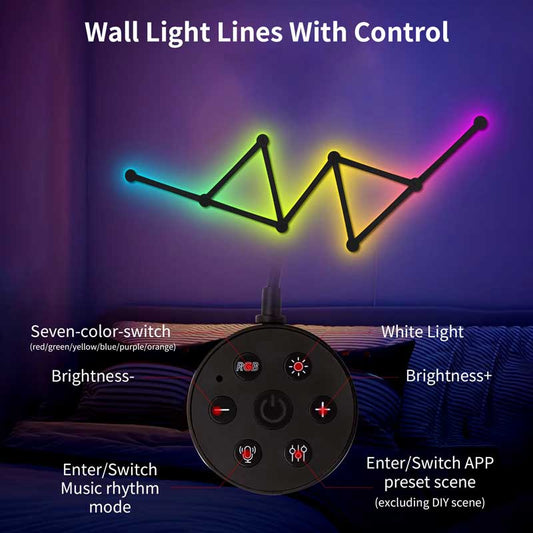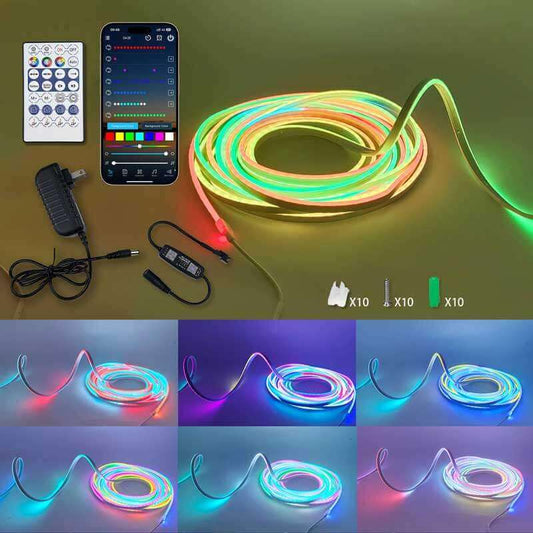How to fill dead space in a garden?
Share
Filling dead space in a garden can help enhance its visual appeal and make it feel more cohesive. Dead space often refers to areas in your garden that are underutilized or feel empty, which can disrupt the flow of the design. Here are some creative ways to fill those gaps and make your garden feel fuller and more inviting:
1. Add Vertical Structures
Vertical elements can draw the eye upward, making use of space that would otherwise go unnoticed.
- Trellises and Arbors: Use these to grow climbing plants like roses, clematis, or ivy, which will add height and texture.
- Obelisks or Plant Towers: Great for creating a focal point and adding structure to empty corners or pathways.
- Vertical Planters: Stack plants on a vertical rack or in wall-mounted containers to make the most of smaller spaces.
2. Introduce Garden Statues or Sculptures
Incorporating statues or sculptures can bring character and focus to an otherwise empty area.
- Animal Statues: Birds, frogs, or rabbits can add a whimsical touch.
- Modern Sculptures: Abstract sculptures add sophistication and complement a minimalist design.
3. Fill with Potted Plants
Container gardening is a versatile way to fill any unused space, and it allows for easy rearranging.
- Large Planters: Use large pots with trees or shrubs to create height in a garden corner.
- Colorful Flowers in Pots: Add pops of color with seasonal flowers like geraniums, petunias, or begonias.
- Succulent Arrangements: Place a variety of succulents in one large container for a modern, low-maintenance option.
4. Create a Seating Area
A seating area is not only functional but can also fill space while offering a cozy retreat.
- Benches: A garden bench made of wood, stone, or metal can add a peaceful spot to relax.
- Outdoor Chairs: Add a pair of comfortable outdoor chairs with a small table to create a tranquil reading nook.
- Hammock or Swing: Perfect for filling a larger empty space and adding a touch of relaxation to the garden.
5. Use Low-growing Ground Covers
Low-growing plants can fill gaps in the ground and prevent weeds from growing, creating a more lush and inviting look.
- Creeping Thyme: This aromatic herb forms a dense mat and works well between stepping stones.
- Creeping Jenny: A fast-growing, vibrant green ground cover that adds texture and color.
- Moss or Clover: Perfect for shaded areas and can provide a soft, carpet-like look.
6. Add a Water Feature
A water feature can become a focal point, filling space while adding sound and movement to your garden.
- Small Fountain: A simple tabletop or wall fountain can fit into smaller spaces.
- Pond: If you have more room, consider a small pond with fish and aquatic plants.
- Birdbaths: These can attract birds and provide visual interest while filling space.
7. Install a Pathway
Create a winding path through your garden to fill open space while guiding visitors through the landscape.
- Gravel Paths: Easy to install and affordable, gravel paths add a rustic charm.
- Wooden Planks: Create a natural look with wooden boardwalks or raised wooden paths.
- Stepping Stones: Use large stones or paving slabs to create a more structured, orderly path.
8. Plant Shrubs or Small Trees
Small trees or large shrubs can fill empty areas with greenery, helping to frame your garden and add layers of texture.
- Evergreens: These provide year-round structure and are great for filling space in corners or around the edges.
- Flowering Shrubs: Hydrangeas, lilacs, or azaleas can add seasonal color while filling empty spots.
- Fruit Trees: If space allows, consider dwarf fruit trees like apple or cherry trees.
9. Create a Themed Garden Area
Designing a garden area with a specific theme can turn empty space into a creative focal point.
- Herb Garden: A small section of your garden dedicated to growing herbs, such as basil, mint, and rosemary, can be both functional and decorative.
- Zen Garden: Fill the space with rocks, sand, and minimalist plantings like bonsais or moss for a tranquil, meditative area.
- Butterfly or Pollinator Garden: Fill the space with plants that attract butterflies and bees, such as lavender, sunflowers, or bee balm.
10. Install Garden Lighting
Strategic lighting can transform dead space into something magical, especially during the evening.
- String Lights: Hang string lights along fences, trees, or arbors to illuminate dark corners.
- Spotlights: Use spotlights to highlight interesting features like sculptures, trees, or water features.
- Solar Path Lights: Install solar-powered lights along garden pathways to add charm and fill in gaps.
11. Grow Climbing Plants on Fences or Walls
If you have an empty space against a wall or fence, use climbing plants to cover it and bring life to the area.
- Climbing Roses: These will add both height and beautiful blooms to your garden.
- Clematis: Known for their wide variety of colors and shapes, clematis can add texture and vibrancy.
- Wisteria: A flowering vine that can cover large spaces and create an elegant, romantic atmosphere.
12. Use Decorative Gravel or Mulch
Filling spaces with decorative gravel or mulch can create a neat, low-maintenance garden.
- Gravel Beds: Great for desert or Mediterranean-style gardens, gravel can fill empty spaces and prevent weeds.
- Bark Mulch: Use mulch around trees or flower beds to help retain moisture and reduce the appearance of bare patches.
13. Install a Raised Bed or Planter Box
Raised beds or planter boxes are perfect for filling areas of the garden that are difficult to grow in, such as poor soil or shaded spots.
- Wooden or Stone Raised Beds: Great for growing vegetables, herbs, or flowers in limited space.
- Metal Planter Boxes: Modern and sleek, metal planters can be a great addition to any garden, particularly in urban or contemporary designs.
14. Incorporate Garden Furniture
Sometimes, simply adding some stylish garden furniture can help fill the space while serving a functional purpose.
- Outdoor Lounge Sets: Consider adding an outdoor sofa or lounge chairs for a comfortable seating area.
- Garden Tables: A table with a few chairs creates a social space in larger, open areas.
15. Add Color with Annuals
Annual plants like petunias, marigolds, or impatiens are great for filling empty spaces with bright, seasonal colors. Since they bloom for one season, they are ideal for temporary filling of gaps or creating a burst of color.
Conclusion
Filling dead space in a garden can improve its overall aesthetic and functionality. Whether you’re looking for structure, texture, or color, there are countless ways to make your garden feel full and lively. Consider your garden’s style, the plants or structures you enjoy, and how much time you have for maintenance when deciding on the best way to fill those empty spots.
Mixing different elements, like plants, furniture, and lighting, will not only make your garden look more appealing but will also create a welcoming environment to relax and enjoy nature.




